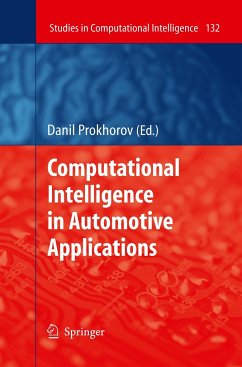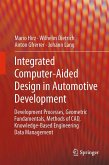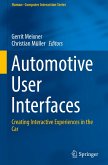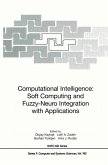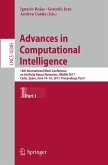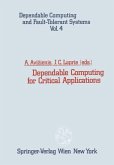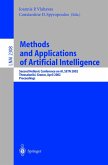What is computational intelligence (CI)? Traditionally, CI is understood as a collection of methods from the ?elds of neural networks (NN), fuzzy logic and evolutionary computation. Various de?nitions and opinions exist, but what belongs to CI is still being debated; see, e.g., [1-3]. More recently there has been a proposal to de?ne the CI not in terms of the tools but in terms of challenging problems to be solved [4]. With this edited volume I have made an attempt to give a representative sample of contemporary CI activities in automotive applications to illustrate the state of the art. While CI researchand achievements in some specialized ?elds described (see, e.g., [5, 6]), this is the ?rst volume of its kind dedicated to automotive technology. As if re?ecting the general lack of consensus on what constitutes the ?eld of CI, this volume 1 illustrates automotive applications of not only neural and fuzzy computations which are considered to be the "standard" CI topics, but also others, such as decision trees, graphicalmodels, Support Vector Machines (SVM), multi-agent systems, etc. This book is neither an introductory text, nor a comprehensive overview of all CI research in this area. Hopefully, as a broad and representative sample of CI activities in automotive applications, it will be worth reading for both professionals and students. When the details appear insu?cient, the reader is encouraged to consult other relevant sources provided by the chapter authors.
Bitte wählen Sie Ihr Anliegen aus.
Rechnungen
Retourenschein anfordern
Bestellstatus
Storno

